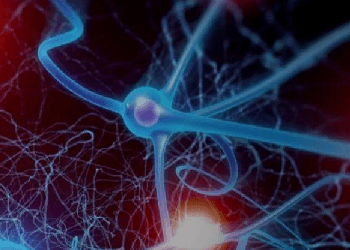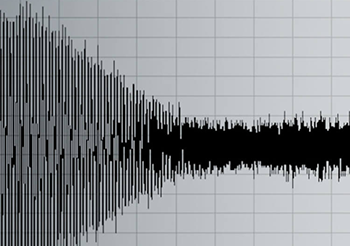
What is an action potential?
An action potential is a rapid rise and subsequent fall in voltage or membrane potential across a cellular membrane with a characteristic pattern. Sufficient current is required to initiate a voltage response in a cell membrane; if the current is insufficient to depolarize the membrane to the threshold level, an action potential will not fire. Examples of cells that signal via action potentials are neurons and muscle cells.

- Stimulus starts the rapid change in voltage or action potential. In patch-clamp mode, sufficient current must be administered to the cell in order to raise the voltage above the threshold voltage to start membrane depolarization.
- Depolarization is caused by a rapid rise in membrane potential opening of sodium channels in the cellular membrane, resulting in a large influx of sodium ions.
- Membrane Repolarization results from rapid sodium channel inactivation as well as a large efflux of potassium ions resulting from activated potassium channels.
- Hyperpolarization is a lowered membrane potential caused by the efflux of potassium ions and closing of the potassium channels.
- Resting state is when membrane potential returns to the resting voltage that occurred before the stimulus occurred.
For more information, please register to download our Guide, the Axon Guide.
More great resources

EBOOK
The Axon Guide
The most comprehensive laboratory techniques workbook—with over 250 pages—to support electrophysical and biophysical research.

Products
Axon Patch-Clamp products
The Axon Instruments® portfolio provides comprehensive solutions for patch-clamping that includes amplifiers, digitizer, software, and accessories.

Technology
Electrophysiology
Electrophysiology techniques are widely used across a diverse range of neuroscience and physiological applications.

VIDEO GALLERY
Axon Patch-Clamp Video Gallery
Explore Axon Patch-Clamp videos and webinars. Learn how they provide best-in-class solutions for the entire range of patch-clamp experiments.